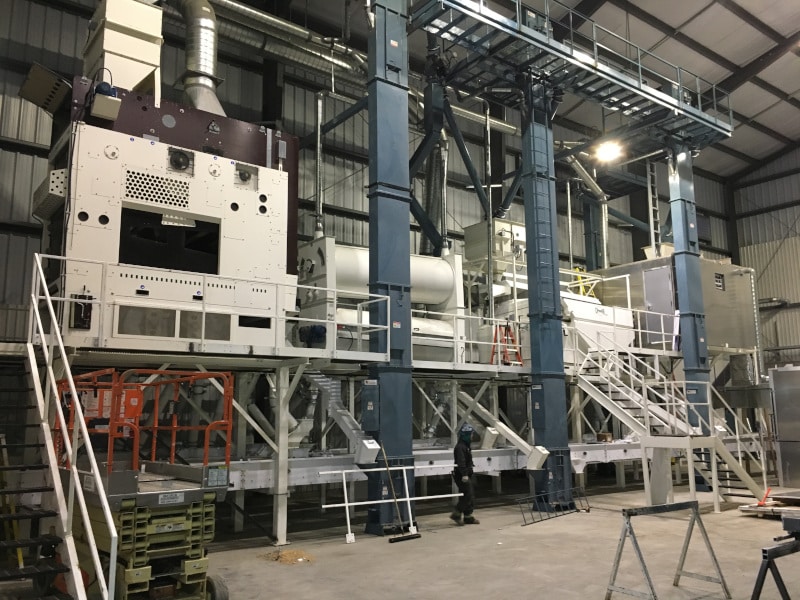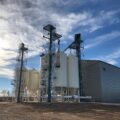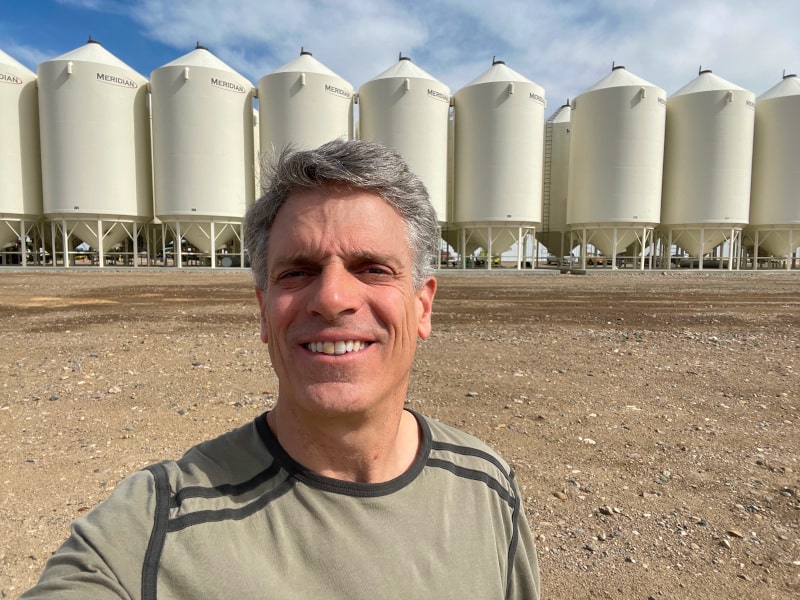Our original seed plant near Avonlea, Sask., was originally built with a focus on processing cereals. Despite attempts to renovate, it became clear in 2018 that the original building was not suitable for our needs.
We were super excited but also a bit intimidated, as we needed a partner to guide us and help us get the job done properly in building a new one.
Nexeed immediately knew what we needed:
- More capacity. Our new building has the ability to handle twice the capacity of our current line. This extra space not only made the assembly of the plant quicker, but also allows for the addition of new machines or equipment in the future. Our line speed is now over two times faster than before, with more bin space available, which allows for even higher throughput. Automation has also made the plant more efficient, enabling it to run for longer hours with less supervision.
- More capability. Every decade or two, there is a new machine that becomes necessary in the industry. In the 1980s, the gravity table was new thing, and in the last decade, color sorters have been in demand. By having a larger building with more space, we’re positioning ourselves to be able to adapt to future changes in technology and demand.
- Better quality. The machines used in the new plant are more advanced and precise, leading to higher quality seed.
Nexeed recommended other partners to help put the project together. Collectively, they helped us to realize what we didn’t know, which was the starting point to helping us really turn over a new leaf and become modern-day seed processors. Those lessons included:
- Be humble. Asking the right questions and learning from others’ mistakes can help avoid making costly mistakes in the future.
- Pay attention to small details. Even a small variation in the placement of a pipe can have a significant impact on the operation of the plant. By focusing on these details, the plant can be designed to minimize damage to products, increase longevity and reduce wear and tear.
Even the best-planned projects will encounter unexpected challenges and require ongoing support and maintenance. For instance, there may be a learning curve associated with implementing new technologies or processes. It’s important to have partners who will stand behind their work and provide ongoing support.
Knowing this in advance will get you on the road to success.









